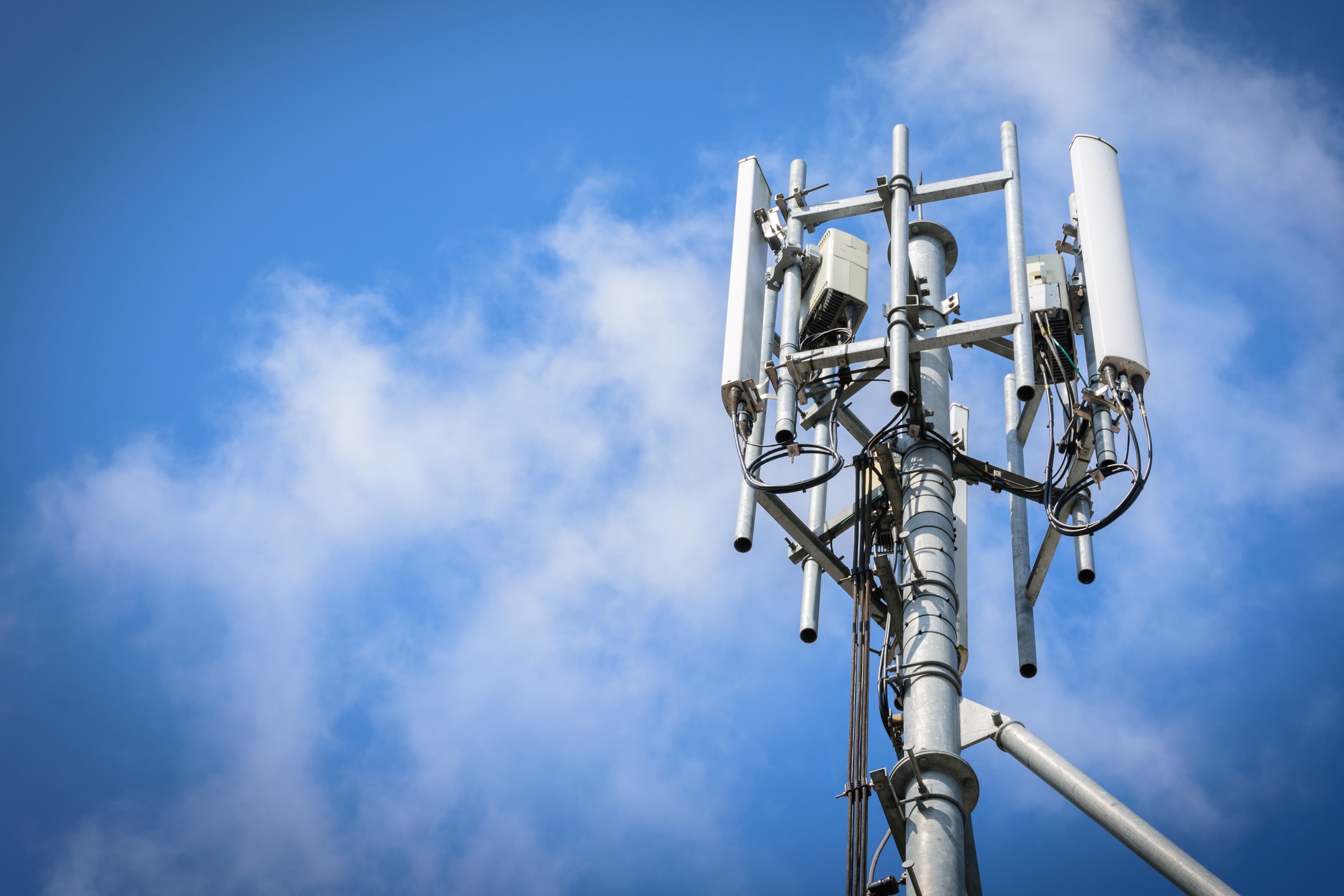If you've ever wandered through a city and spotted tiny 5G cell towers on the poles of street lights. safe distance to live from cell phone tower appear like tiny boxes, but they're actually broadcasting wireless signals from cellular providers to your phone.
what is a safe distance from a 5g cell tower are replacing the larger specially-designed cell towers. While they're not as noticeable however, they could create issues for users.
A FCC's Radiation Exposure Thresholds
The FCC's Radiation Exposure Thresholds determine the safe distance that a person can be exposed to electromagnetic energy from wireless devices. The exposure limits are based upon scientific research which prove that electromagnetic energy could be harmful to human health.
The rate of absorption called the specific absorption rate (SAR) is an indicator of the amount of radiofrequency energy that is absorbed by tissue. It's typically 1.6 milliwatts per kilogram averaged over one gram of tissue.
Since 5g is able to transmit at higher frequencies this could be able to create more energy on the skin and other exposed body areas. This could lead to many potential problems, including an increased appearance of skin disorders such as dermatitis, skin cancer and cataracts.
Due to the potential for harmful effects of radiation from 5G, PSU has chosen to establish a general, localized limits on power density, which is 4mW/cm2 measured over 1 cm2, and not exceeding 30 minutes for all 5G services at 3000 GHz. This limit for localization is in line with the highest SAR that is spatially averaged at 1.6 W/kg, which is averaged over 1 grams of tissues at six GHz.
The FCC's Maximum Exposure Thresholds

In the event that you've used cell phone, you probably know that the safest location from the tower is around 400 meters. This is because the power of transmission from a cell tower increases dramatically the farther you are from it.
Although this may sound like a good idea, the reality is that people who live close to towers might be more susceptible to health issues. For example, a study from 2014 in India found that those living within 50 meters of cell towers experienced significant more health issues than those who were away from the antennas.
But, what is a safe distance from a cell tower showed that residents who moved to areas that were further from cell towers noticed their symptoms return to normal within a few days. Other studies have revealed that exposure to high amounts of electromagnetic field radiofrequency (EMFs) can lead to brain tumors, cancers, and other health problems.
This is due to the fact that RF radiation, which is used in wireless communication can penetrate the human body's exterior layer, called the skin. This is vital to be aware of because the skin acts as a shield against injuries caused by mechanical forces, infections caused by pathogenic microorganisms and the entry of harmful substances. Additionally, it is the biggest organ of the human body, and is accountable for keeping the integrity of other organs.
The FCC's Minimum Exposure Thresholds for the Minimum Exposure
The FCC's Minimum Exposure Thresholds are based on various assumptions that aren't supported by evidence from science. These include the erroneous belief that exposures to RF radiations are not harmful due to the limited radiation penetration in the human body (i.e., tissue heating).
The assumption also ignores the more extensive penetration of ELF elements of modulated radio signals as well as the effects on the body of short bursts from pulsed RF waves. These assumptions do not correspond with the current understanding of biological consequences of RF radiation, and thus they shouldn't be used for health protective exposure guidelines.
Furthermore there is the fact that both ICNIRP and FCC limit its maximum levels of radiation exposure for local peak SARs, based on the maximum spatial specific absorption rate (psSAR), which can be described as not a reliable dosimetric instrument to assess the amount of radiation exposure. In particular the psSAR tool is not accurate for frequencies above 6 GHz. In addition, psSAR is not been evaluated for RF radiation exposed to other environmental agents , such as sunlight. Interactions of RF radiation with other agents in the environment could result in antagonistic or synergistic results. This could result in an increased risk of adverse health consequences. For example, exposure to RF radiation along with exposure to sunlight can raise the chance of developing skin cancer, and may also exacerbate other skin conditions like acne.
